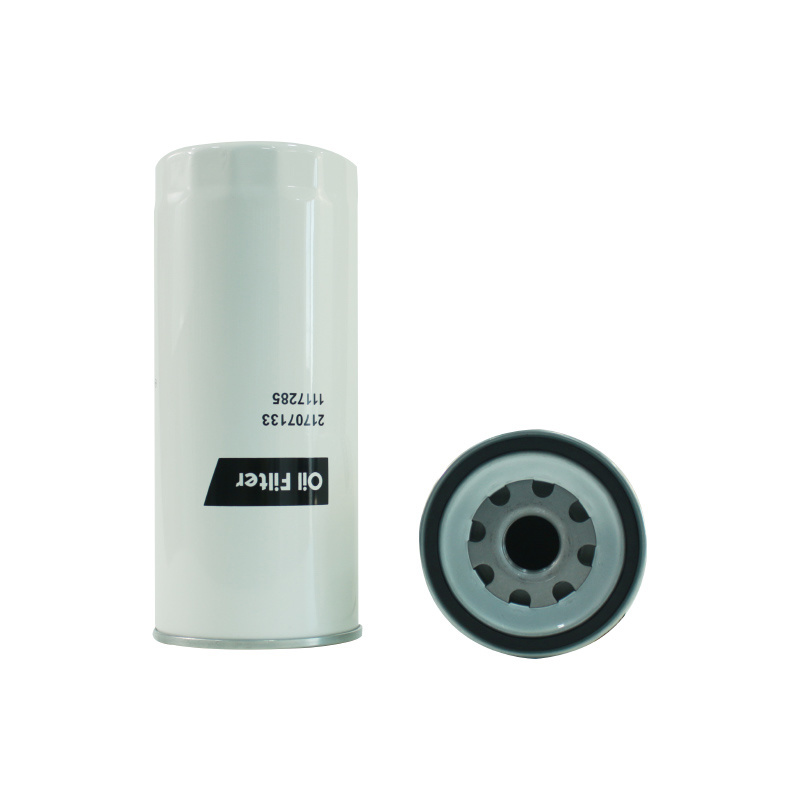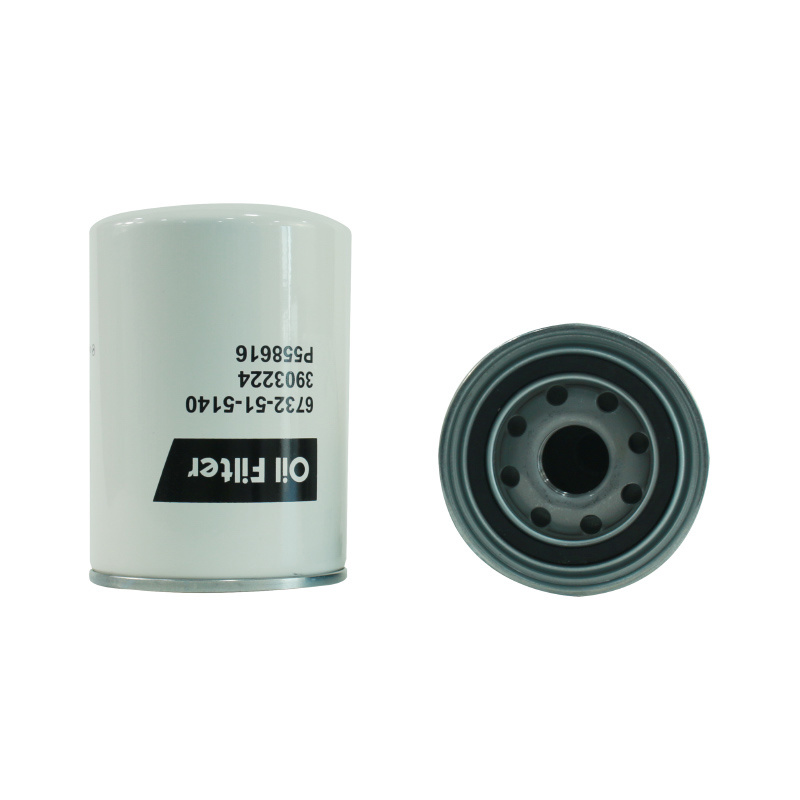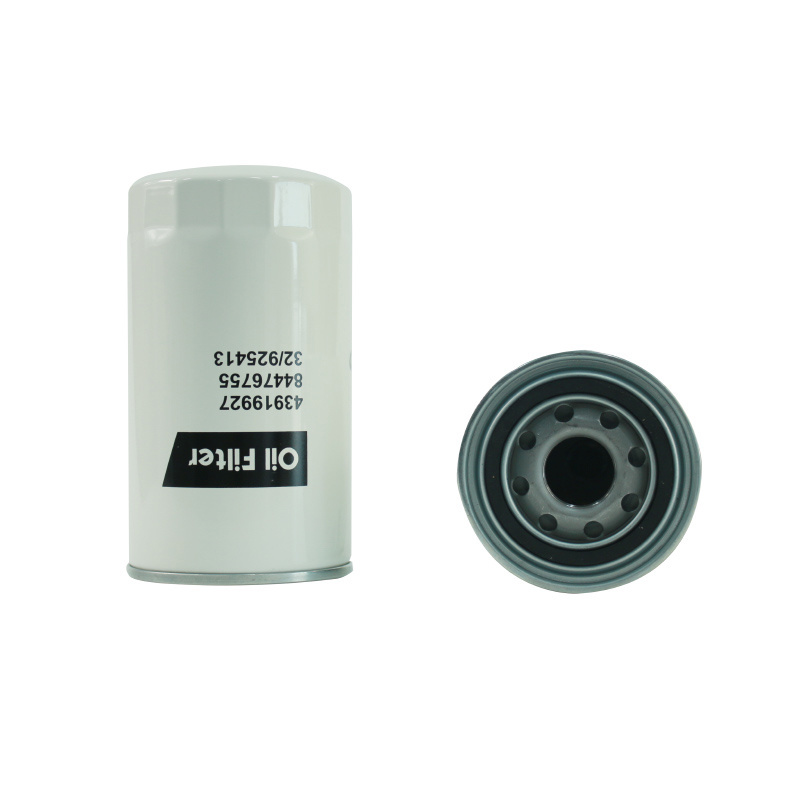Welcome to Hebei Takai Vehicle Parts Technology Co., Ltd.
CONTACT INFO
General Manager: Mr Gao
Tel: +86-18331998833 (WeChat)
WhatsApp: +86-17701266001
Email: gwc@takaifilter.com
Address:
Wangguanzhuang Automobile Industrial Park, Qinghe County, Xingtai City, Hebei Province, China

11110683
- Commodity name: 11110683
Category
Contact Info
Product Details
Oil-water separator is a device used to treat oily sewage, which can effectively separate the oil and water in the sewage to achieve the purpose of environmental protection discharge or recycling. The following is a detailed introduction to the oil-water separator:
1. Definition and classification
Oil-water separator is a kind of environmental protection equipment widely used in various industries and fields. According to the different structure, function and application scenarios, oil-water separators can be divided into many types. According to the structure classification, can be divided into vertical, horizontal, flat type, box type, etc. According to function classification, it can be divided into simple type, automatic emission type, intelligent control type, etc. According to the application scenario classification, it can be divided into industrial, catering, Marine, automotive and so on.
2. The working principle
The working principle of the oil-water separator is mainly based on physical and chemical methods, through gravity separation, coalescing, filtration and other means to separate the oil and water in the sewage. Specifically, the sewage first enters the pretreatment unit of the oil-water separator to remove large particle impurities and solid dirt. Then, the sewage is passed through a device such as a diffusion nozzle or a corrugated plate aggregator, so that the oil droplets gather into larger oil droplets and float up to the oil collection chamber. Finally, it is further treated with devices such as fine filters and fiber aggregators to remove tiny oil droplets and impurities, resulting in clean discharge water.
3. Application fields
Industrial production: In the petroleum, chemical, pharmaceutical, textile and other industries, oil-water separators are used to treat oily wastewater generated in the production process to ensure that the wastewater discharge meets environmental requirements.
Catering industry: The wastewater produced by the catering industry contains a lot of grease and food residue, and the oil-water separator can effectively remove the grease in the wastewater and reduce the burden of subsequent treatment.
Ship transport: Ships produce oily wastewater during sailing, and oil-water separators ensure that the wastewater discharged by ships meets international environmental regulations.
Automotive industry: A large amount of oily wastewater is generated during vehicle maintenance and cleaning, and the oil-water separator ensures that the wastewater is properly treated to avoid pollution to the environment.
4. Selection guide
When choosing an oil-water separator, the following factors need to be considered:
Processing capacity: Determine the processing capacity of the oil-water separator according to the actual demand to ensure that the equipment can meet the processing requirements.
Structure form: According to the installation space and use of the environment to choose the appropriate structure form, such as vertical, horizontal, etc.
Functional requirements: Select the appropriate function type according to the application scenario and requirements, such as automatic emission type and intelligent control type.
Brand and quality: Select well-known brands and high-quality products to ensure the performance and stability of the equipment.
5. Installation and maintenance
Installation: During the installation process, ensure that the equipment is placed smoothly, connected firmly, and sealed well. At the same time, reasonable layout and installation must be carried out according to the specific requirements of the device and on-site conditions.
Maintenance: Periodically check the running status and performance parameters of the device, and clean and maintain the internal components of the device in a timely manner. For example, regularly clean the oil collection chamber and filter device to ensure the normal operation and separation effect of the equipment.
In summary, as an important equipment in the field of modern industry and environmental protection, oil-water separator has increasingly prominent functions and roles. Through in-depth understanding of the working principle, classification, application fields, selection guidelines, installation and maintenance, and future development trends of oil-water separators, you can better choose and use oil-water separators, and contribute to environmental protection and sustainable development.
Keywords
ONLINE MESSAGE
Leave Us A Message
*Note: Please fill in the information accurately and keep the communication open. We will contact you as soon as possible.












